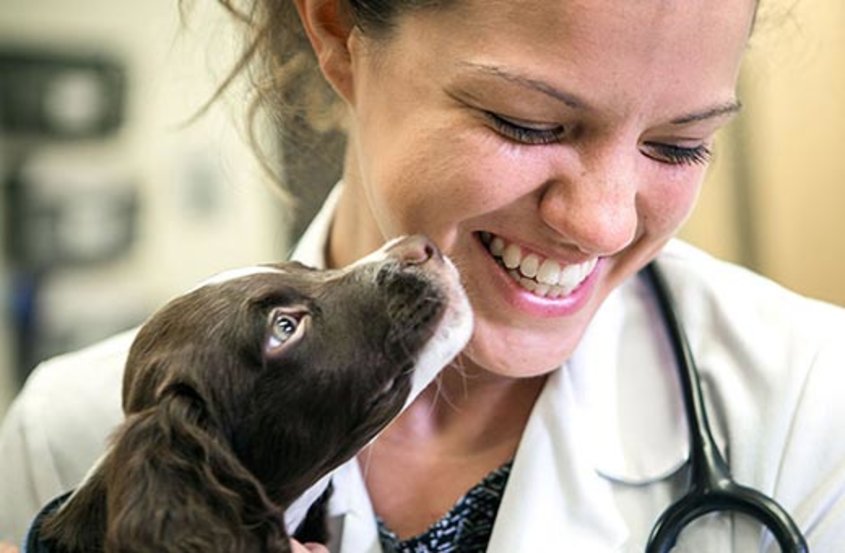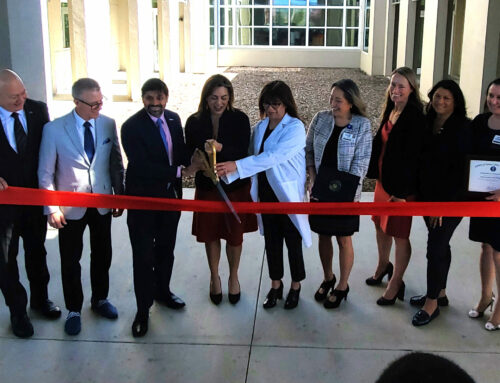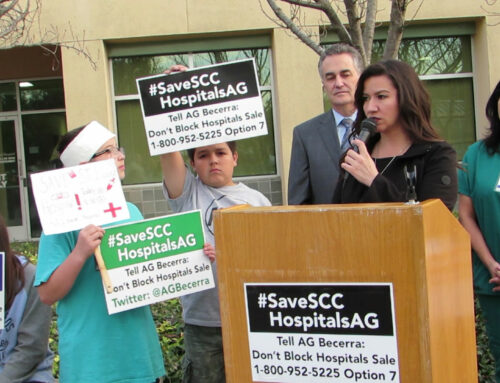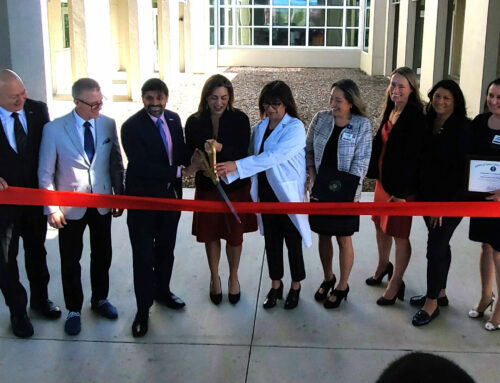The pandemic led to an explosion in the pet population. There is now a nationwide shortage of veterinarians.
![]()

Photo courtesy American Veterinary Medical Association
By Dr. Jeanne Haggerty-Arcay

Dr. Jeanne Haggerty-Arcay
Although changes were already in the works, the pandemic has hastened the changing face of veterinary medicine. Veterinary medicine has always been in a limbo state but the pandemic made that very clear.
Veterinary hospitals and staff are sometimes considered part of the “medical field” and other times considered part of the “agricultural field.” Throughout the pandemic, there was a general ambiguity in veterinary classification. County and state regulations did not account for veterinarians, and it was nearly impossible to obtain clear guidelines on how we were to operate. It was clear, however, that the pandemic would affect the industry in many ways.
Drug and supply shortages were and continue to be problematic. Veterinary hospitals take secondary priority to human hospitals, as it should be. So any time a drug or product goes into short supply, human hospitals are given priority and veterinarians are left to improvise. We have struggled with shortages in the most basic supplies. Everyone knows of the early PPE shortages. But there were (and continue to be) so many shortages that affect everyday practice from anesthesia drugs to basic syringes (which have gone on shortages due to the COVID vaccine surge). Every day brings a new challenge with another frustrated client who cannot get their normal medication or services for their pet.
 The pandemic led to an explosion in the pet population. There is now a nationwide shortage of veterinarians. Wait times for appointments have jumped from days to weeks and many new clients simply have nowhere to go. The system is so stretched beyond capacity that local emergency clinics try to recruit veterinarians to work ER after their day shift. ER wait times can be 6 to 8 hours, and sometimes non-critical pets are turned away because they just don’t have the capacity to be seen.
The pandemic led to an explosion in the pet population. There is now a nationwide shortage of veterinarians. Wait times for appointments have jumped from days to weeks and many new clients simply have nowhere to go. The system is so stretched beyond capacity that local emergency clinics try to recruit veterinarians to work ER after their day shift. ER wait times can be 6 to 8 hours, and sometimes non-critical pets are turned away because they just don’t have the capacity to be seen.
New COVID protocols have mandated curbside service by all veterinary hospitals for the past year and reopening is currently in place. Curbside has had its challenges and has made client communication more difficult. But it also allows hospitals to see more pets on a drop-off basis and prevent some of them from waiting at the ER.
COVID has led to many staff shortages throughout veterinary hospitals. Self-quarantine days are now over but a staff member who would otherwise show up to work feeling a sick now has to call in. Their children are being turned away from daycare more often and school schedules leave staff scrambling for child care.
 Silicon Valley has become increasingly expensive and veterinarians are in high demand. Specialists in particular are needed and throughout the past year there has been an exodus of specialists in our area. Veterinary specialists are needed everywhere and can go anywhere without having to pay such high living costs. Many hospitals are being bought by large corporations and changing how veterinarians are able to practice. It is becoming increasingly more difficult to find a cardiologist, a neurologist, or a surgeon. Many specialty hospitals can no longer stay staffed, leaving local practitioners to act as specialists while they try to find appropriate care.
Silicon Valley has become increasingly expensive and veterinarians are in high demand. Specialists in particular are needed and throughout the past year there has been an exodus of specialists in our area. Veterinary specialists are needed everywhere and can go anywhere without having to pay such high living costs. Many hospitals are being bought by large corporations and changing how veterinarians are able to practice. It is becoming increasingly more difficult to find a cardiologist, a neurologist, or a surgeon. Many specialty hospitals can no longer stay staffed, leaving local practitioners to act as specialists while they try to find appropriate care.
The veterinary profession has reached a nationwide crisis of sorts at a time when the pet population has exploded to unheard of numbers. Local hospitals are scrambling to come up with solutions to care for the pet population in an area where housing prices make recruitment near impossible. But in the meantime, local pet owners remain frustrated at the level of difficulty in obtaining care for their pets.






